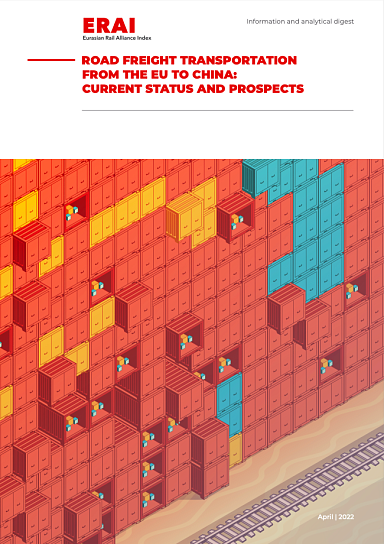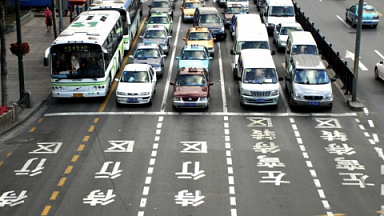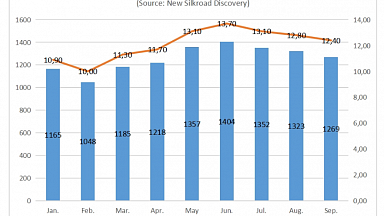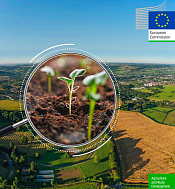Secondly, the international political environment has had an impact on continental cargo transportation. The countries of the region are characterized by different speeds of economic development and comprise a complex foreign policy landscape. While transportation within the EAEU, due to the development of the Eurasian integration process, has been characterized by stability and an increasing quality of regulation, political difficulties are possible on the Union’s outer perimeter. An example of this is the sanctions war between Belarus and Lithuania, as well as the recent accumulation of trucks on the border between Belarus and Poland.
Thirdly, in order for continental cargo transportation to develop, it is important to improve regulation and control, as well as simplify customs procedures: they must introduce a single consignment note, address issues associated with the transfer of responsibility for multimodal transportation, etc. Today, we can note the efforts of the EAEU countries to create digital transport corridors (CTC EAEU): an active negotiation track with China on the harmonization of documentary support for cargo.
In 2016, China became the 70th country to ratify the UN Customs Convention on the International Carriage of Goods Using a TIR Carnet (TIR Convention) — the global standard for international freight customs transit. This made it possible to harmonize the rules for the transportation of goods in trucks and made it possible to organize full-fledged China — EU — China trucking, giving impetus to an increase in freight traffic.
According to Eurostat, EU exports to China via road transport in 2016-2018 showed multidirectional dynamics, but since 2019 an upward trend has been recorded; in 2021 the total volume was higher than in 2017.
The share of road transport in the composition of total EU exports to China by all modes of transport (in terms of physical volume) in 2016-2021 remained low — reaching 1.4% at most, in 2017 and 2021.
In terms of modal composition in physical terms, according to Eurostat, road transport accounts for 1.4% of EU exports to China, trailing rail transport (2.4%) and lagging far behind maritime transport. Ocean shipping accounts for 94% of EU exports in physical terms, or about 50 thousand tons. At the same time, in terms of transported volumes, truck transport is ahead of air transport.
In a similar breakdown in terms of the value of deliveries, road transportation already accounts for 2.5%, significantly less than air freight shipping, which accounts for more than a third of exports by value. Certain transport options are selected for specific types of goods for economic reasons. Air freight is the preferred option for high-value and perishable goods such as chips, flowers, and certain types of food products. Continental shipping routes are only partially capable of transporting such cargo. At the same time, container rail transportation is economically and logistically convenient for electronics, mechanical equipment and other goods that are more expensive than those that are sent by sea — liquid cargo, bulk cargo, and inexpensive goods with a long shelf life.
It should be noted that Eurostat trade statistics by modes of transport only record the mode by which the goods leave the EU; further changes in the mode of transport used during the process of transportation are not taken into account. This limits the verifiability of the data and complicates analysis. Given the complementarity of rail and road transport, and the distance between the EU and China, modal shifts are common. Logistics companies resort to this tool to speed up the movement of goods. The current problems in handling containers at the railway stations of the Moscow region (Bely Rast, Vorsino), in addition to seasonal features and ever- increasing freight traffic, are related to the fact that Moscow acts as a hub for changing modality: from road transport to railway and back.
Road transport has become a profitable alternative to sea and air transportation during the coronavirus crisis and an alternative to rail transportation due to individual disruptions to the railway. The instability of maritime shipping and rising air transport costs during the pandemic prompted European and Chinese companies to look for affordable alternatives, in connection with which the largest carriers — in particular, the Danish transport and logistics company DSV, Instafreight (Germany) and Bollore Logistics (France) — announced plans to expand road links between the EU and China. According to the companies, door-to-door trucking times between China and the EU countries have been optimized to two to three weeks, depending on the distance between origin and destination. However, faced with COVID restrictions on the borders with China and traffic jams on the western borders of Belarus, road transport has begun to lose its advantages in terms of speed and the cost of delivery.




